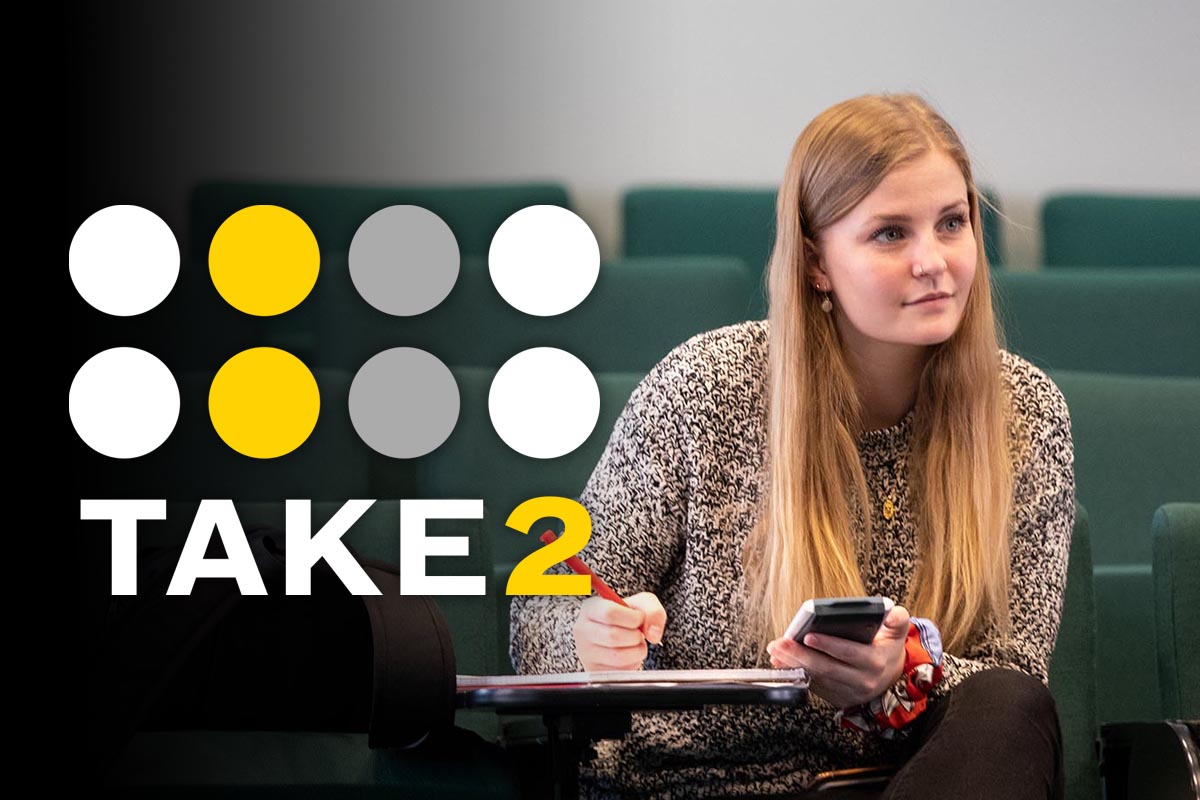Research project delves into the controversy surrounding Virginia’s Confederate monuments
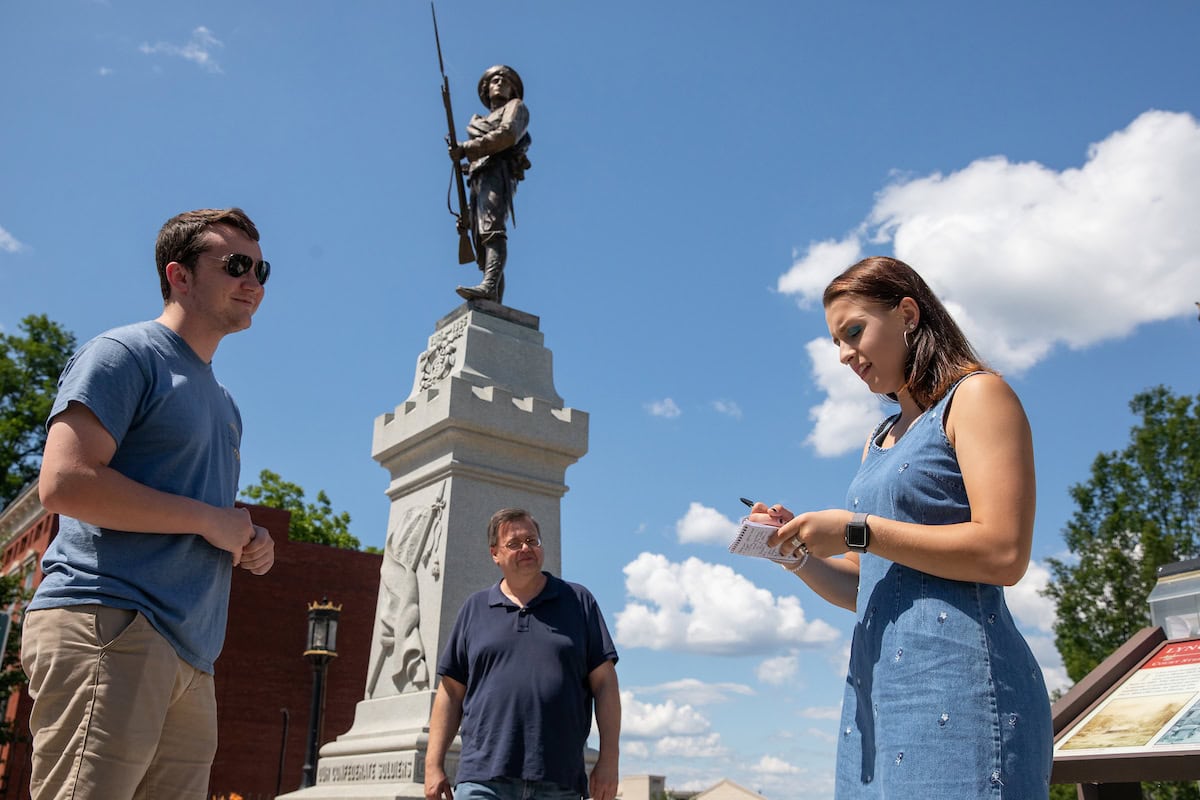
Josh Bulavko ’22, professor Gerry Sherayko, and Tomi-Lauren McGinnis ’22 studied Virginia’s Confederate monument landscape for their summer research project.
In September, the massive statue of Confederate Gen. Robert E. Lee in Richmond, Virginia, finally came down after more than a year of legal wrangling and lawsuits challenging its removal.
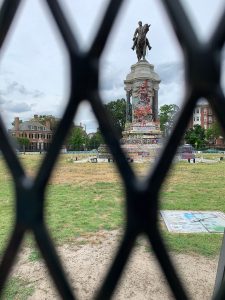
Richmond’s Robert E. Lee statue was removed in September.
Tomi-Lauren McGinnis ’23, Josh Bulavko ’22, and history professor Gerry Sherayko were there that day—an apt conclusion to a research project pondering Virginia’s monuments and the fraught conversations surrounding them.
“The divide in our country over our monuments is not just about who is on the pedestal,” McGinnis said. “It’s what the monuments stood for, why they were initially put up, and who they were meant for.”
The trio traveled the state this summer, inspired by the events of the last year, when the murder of George Floyd led to protests, along with the questioning, and often removal, of longstanding monuments like the ones once erected for Lee and other Confederate generals.
“We all realized we have this civic responsibility to take on something meaningful to the times and the social and political changes we’re going through right now,” said McGinnis, who is majoring in history and museum and heritage studies. “The change is happening right before our eyes.”
Virginia, which has the most Confederate memorials in the country, also leads the nation in most monuments and symbols removed, according to the Southern Poverty Law Center.
“It’s definitely an interesting state that’s changing so rapidly,” Bulavko, a history major, said. “We hope our research is going to lead to more discussions within city governments, not just in Lynchburg but throughout the entire state.”
Lynchburg itself is a unique place, he added, where many monuments celebrating the Confederacy remain, but also where folks are working to recognize people from all backgrounds.
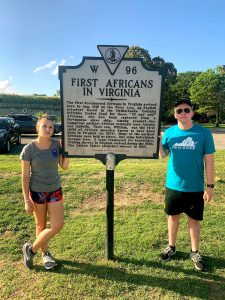
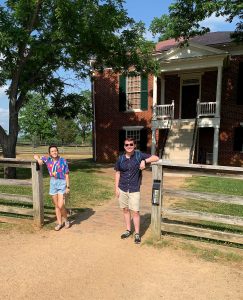
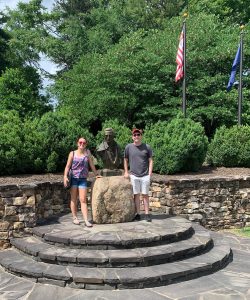
“The amount of state historic markers about people of color, about women, have really accelerated,” Sherayko said. “While Lynchburg hasn’t taken anything down, they’ve taken the approach collectively to put things up. It’s interesting to find out if there are conversations going on about moving things or removing things.”
Engaging in those conversations was a big part of the project. They spoke with political, cultural, and religious leaders throughout Virginia to understand changes in the monument landscape, their involvement with those changes, how their communities have responded, and plans for the future.
The group sat in on community meetings and also hit the road, visiting historical sites and monuments all over Virginia and Washington, D.C.—anywhere change has occurred or where dialogue about it is ongoing.
They attended Confederate protests in Danville, sat in on a training session for tour guides at Appomattox Court House National Historical Park, and saw Richmond’s Robert E. Lee Monument a month prior to its removal.
“In a country still stricken with political and social uncertainty, our research sought to promote more discussion of how we can find unity in upholding diversity,” Bulavko said. “We do not believe that the removal of controversial monuments is the destruction of history. Instead, it is a step in a period of reckoning to ensure that the ‘pursuit of happiness’ is guaranteed to all, not just a few.”
The project also inspired a new one for McGinnis and Sherayko this fall. They are working to research and, eventually, recognize major turning points in the history of the College and the land on which it stands.
“This is the moment to have these conversations,” Sherayko said, “and to observe what’s going on.”
Tags: history, Vita No. 11